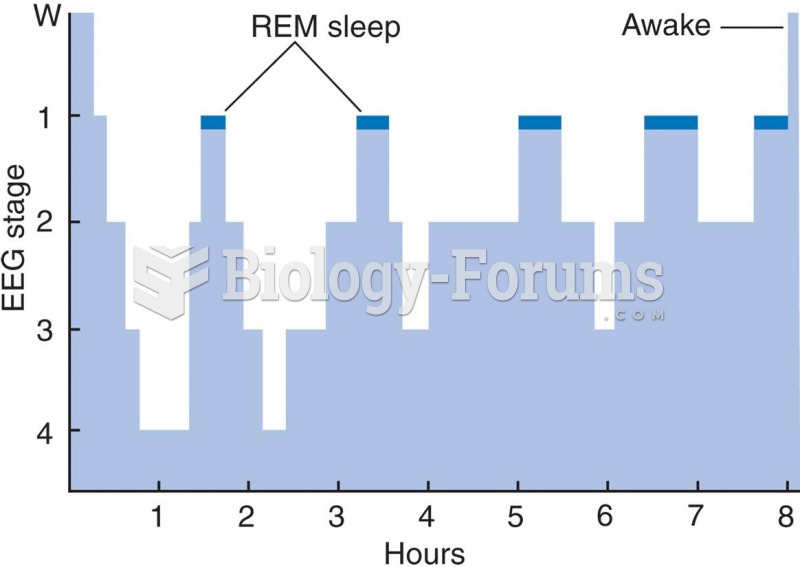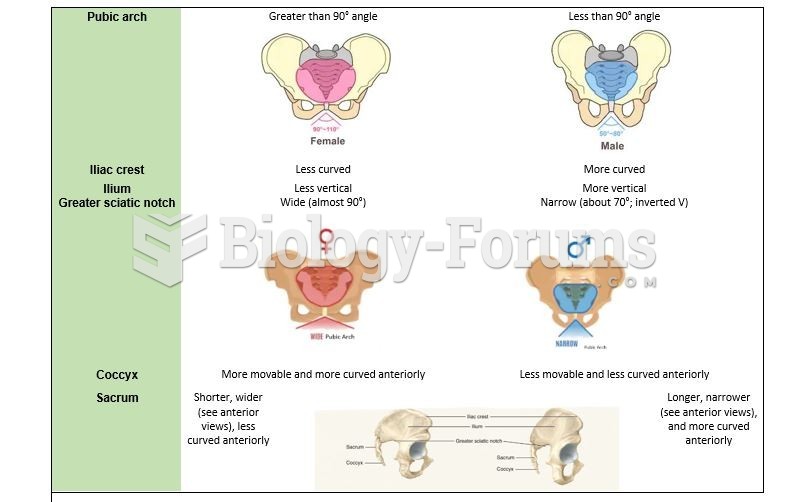A 28-year-old female was admitted last night for weakness and what appears to be ascending muscle paralysis.
The patient is alert and oriented. Physical findings reveal: pulse 96 beats/min, regular; blood pressure 134/83 mm Hg; temperature 37 C; respiratory rate 24 breaths/min shallow with bilateral decrease in air entry; and no adventitious breath sounds. The patient's ABG results on room air are: pH 7.46; PaCO2 39 mm Hg; PaO2 80 mm Hg; Sat 97; and HCO3 26 mEq/L on room air. The most appropriate suggestion that the respiratory therapist should make for this patient in-cludes which of the following?
a. Vital capacity every 2 hours
b. Continuous positive airway pressure
c. Noninvasive positive pressure ventilation
d. Peak expiratory flow rate
Question 2
An 80-year-old female with a diagnosis of pneumonia was admitted to the hospital 2 days ago from a nursing home.
The patient is responsive only to painful stimuli. She has a peripheral IV and a feeding tube in place. Physical examination reveals: pulse 98 beats/min; respiratory rate 24 breaths/min and shal-low; blood pressure 100/48 mm Hg; and temperature 39.2 C. Auscultation reveals decreased breath sounds with crackles in the bases. The patient has an occasional weak, nonproductive cough. Arterial blood gas on NC 4 L/min is pH 7.42, PaCO2 38 mm Hg, PaO2 40 mm Hg, SaO2 76, HCO3 24 mEq/L. A portable chest X-ray shows patchy basilar infiltrates in both lungs. The most appropriate action to take at this time is which of the following?
a. Intubate and initiate mechanical ventila-tion.
b. Administer a bronchodilator and muco-lytic.
c. Initiate noninvasive positive pressure ven-tilation.
d. Change the nasal cannula to a nonre-breather mask.






